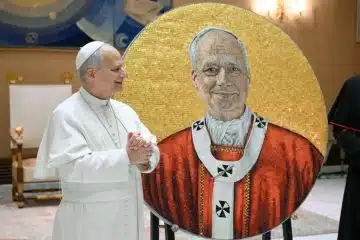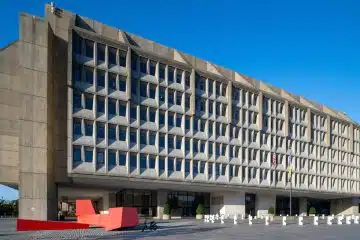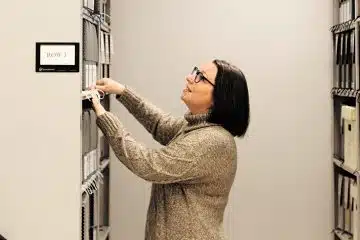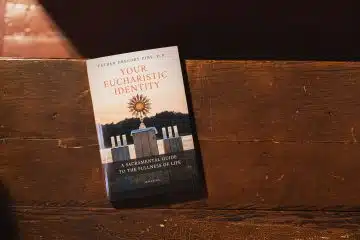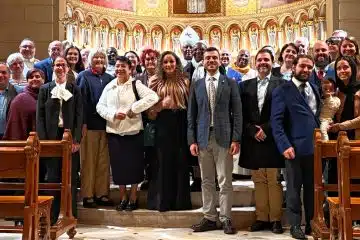Your Parish Needs a Discipleship Pathway
Have you ever tried getting somewhere new without a map? Before Google Maps, when you needed directions, you either traced the route on a printed map, or you asked for directions. Even today, if your phone dies, you run out of data or you’re outside cell service, you have to depend on a map or neighbor.
Short of that, you base success on luck and intuition, and that’s not the best way to get anywhere. With a road map, your potential for success increases exponentially. This seems like common knowledge, yet it can be a novelty to a community close to us all: our neighborhood parish. Every day, most parishes try to get somewhere new without mapping out the journey first.
WHERE ARE WE GOING?
What’s the mission of the Church? Where are we supposed to be headed? My go-to source for an answer is Evangelii Nuntiandi, Pope Paul VI’s apostolic exhortation on the proclamation of the Gospel: “‘We wish to confirm once more that the task of evangelizing all people constitutes the essential mission of the Church.’ … Evangelizing is in fact the grace and vocation proper to the Church, her deepest identity. She exists in order to evangelize” (no. 14).
Once you decide as a parish that, like the Church, your reason for being is the proclamation of the Gospel and the building of disciples, then you need a way to get from where you are to where you want to be.
This is where the Discipleship Pathway comes in.
A PATHWAY FOR THE JOURNEY
A Discipleship Pathway is an intentional and integrated process by which the parish meets people’s spiritual needs and facilitates their faith journey’s progression. To put it simply, a Discipleship Pathway is the parish’s way of saying, “This is how we make disciples here.”
Typically, this Pathway involves a four-step process, with a primary ministry at each step and secondary ministries that draw people into the primary ministry A common Pathway looks like this: First is “Pre- Evangelization,” which prepares people to receive the Gospel through welcoming, helping and hospitality. Next is “Proclamation and Encounter,” which provides opportunities for people to experience the presence and power of Jesus, hear the Good News proclaimed, see it in action and decide to follow Him. After this is “Catechesis and Apprenticeship,” where new disciples learn how to live the Christian life and how to believe and worship as Catholics. Finally, there is “Missionary Initiation,” where disciples are empowered to witness to their faith, proclaim the Gospel and bring others into a personal relationship with Jesus.
The primary and secondary ministries for each step are based on the parish’s creativity and dynamism.
WHY YOU NEED ONE
Note that the Pathway doesn’t include everything your parish does. It only includes those ministries the parish prioritizes to make missionary disciples. This leads to the positives of a parish Pathway.
The Discipleship Pathway helps the pastor by funneling all decision-making through the metric of what will best serve the Pathway. It makes lay ministry more fruitful because, instead of trying random events and programs and hoping something sticks, leaders make intentional decisions to meet the people’s needs at each step. The Pathway encourages people by clearly communicating how the parish can serve them on their journey. When accepted, it establishes cohesion between parishes within a Family because everyone must be committed for the Pathway to succeed.
We talk a lot about moving from maintenance to mission. Your Discipleship Pathway is how you get there. Don’t leave home without it.
 Nicholas Hardesty Ready to discuss creating a Discipleship Pathway at your parish? Contact Nicholas Hardesty at [email protected].
Nicholas Hardesty Ready to discuss creating a Discipleship Pathway at your parish? Contact Nicholas Hardesty at [email protected].
This article appeared in the September 2023 edition of The Catholic Telegraph Magazine. For your complimentary subscription, click here.


